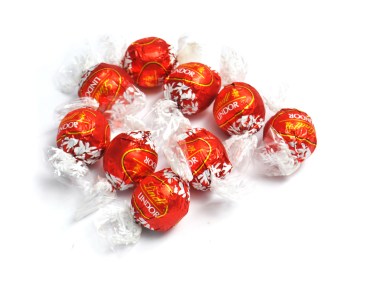Masquerade: the work of James Ensor (1860–1949)
It’s hard to imagine a more unlikely place for a James Ensor exhibition than the Lady Lever Art Gallery in Port Sunlight, the squeaky-clean temple to Edwardian taste in art founded by Viscount Leverhulme on the profits of soap. Among the fragrant creations of Millais, Holman Hunt, Burne-Jones, Leighton, Waterhouse and co., the dark imaginings of this Belgian proto-Expressionist look like dirty laundry tipped on to a parlour floor. ‘I feel more English than most of the English artists now slavishly imitating the early Italians,’ Ensor declared in 1900; now here he is holed up with this slavish crew — and to rub it in, one of them fronted his ticket. The exhibition Masquerade: the work of James Ensor (1860–1949) — his first outing in Britain since the Barbican’s 1997 exhibition — is on loan to the Lady Lever from the Museum of Fine Arts, Ghent in exchange for Holman Hunt’s ‘The Scapegoat’.
However English he may have felt, this son of an expatriate British engineer and an Ostend souvenir shop owner has had scant recognition in this country: his only work in the Tate is an insipid still-life painted in 1935 when he was 40 years past his prime. Success in his native Belgium was almost as slow in coming. To the respectable citizens of Ostend, the solitary artist who dwelt among the shells, oriental curios, dried mermaids and carnival masks in his mother’s shop was an embarrassing eccentric. He was too peculiar even for the Belgian avant-garde group Les XX, who rejected all his submissions to their 1888 exhibition. In retaliation, Ensor produced ‘The Pisser’ (1889), an etching of himself urinating against a wall decorated with children’s drawings and the graffiti ‘ENSOR EST UN FOU’.







Comments
Join the debate for just £1 a month
Be part of the conversation with other Spectator readers by getting your first three months for £3.
UNLOCK ACCESS Just £1 a monthAlready a subscriber? Log in